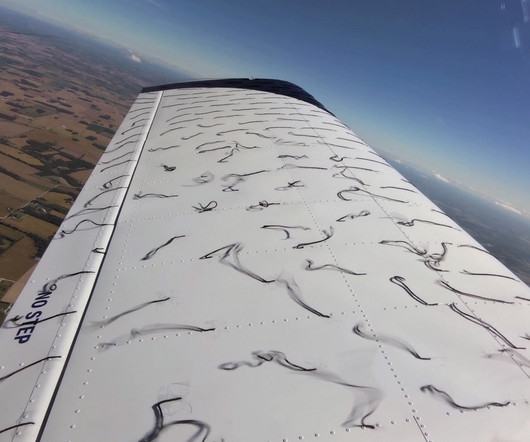Mastering the Crosswind Landing Technique: Tips for Safer Touchdowns
Pilot's Life Blog
JUNE 18, 2025
This method provides better control at touchdown because the aircraft’s longitudinal axis remains aligned with the runway. Keep a close eye on your airspeed, descent rate, and alignment, adjusting controls as needed. The lowered wing counters the wind drift, while the rudder maintains directional control.











Let's personalize your content